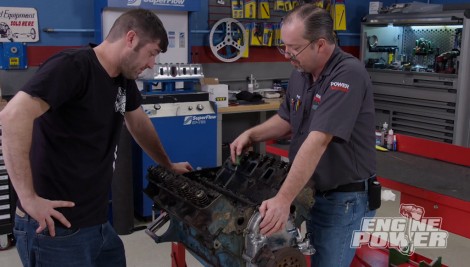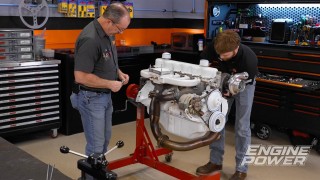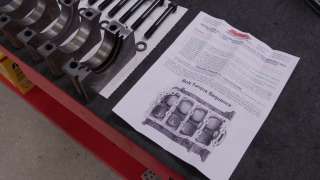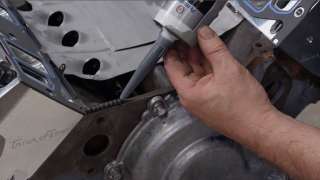
Junkyard Ford 390 FE Teardown and Rebuild
Mike and Pat stroke a vintage junkyard Ford 390 but an unexpected surprise puts a delay in their progress. Then it’s full steam ahead for finding the limit for this big block stump puller
Season 7
Episode 8
Hosts: Mike Galley, Pat Topolinski
First Air Date: April 14, 2020
Duration: 21 minutes 38 seconds











































